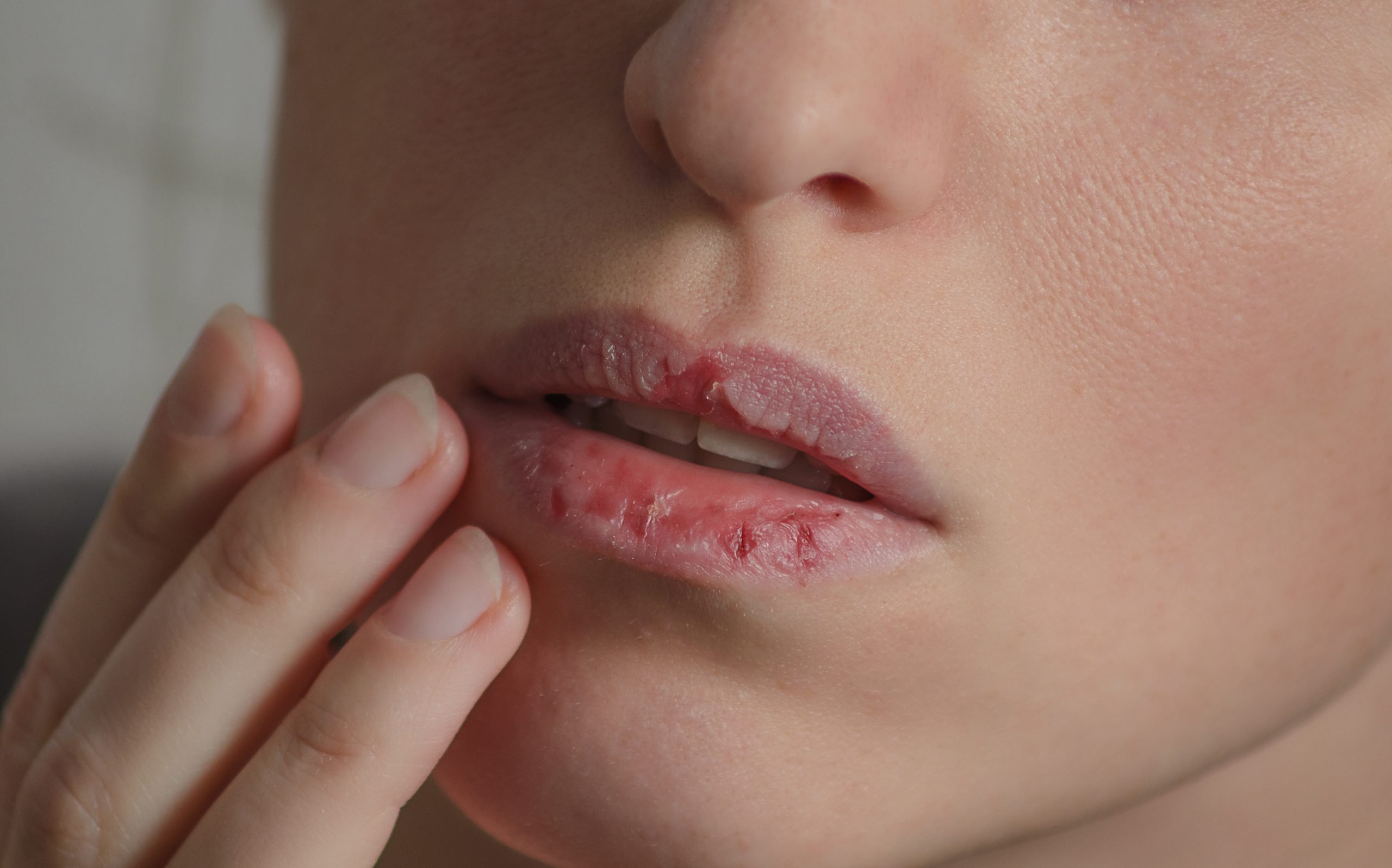While not commonly known as body-focused repetitive behaviors or BFRBs, you likely have known or may even be or have been a person experiencing this set of disorders. BFRBs are when self-grooming routines go haywire and may include pulling, picking, biting, or scraping one’s nails, skin, or hair. Some disorders categorized as BFRBs include onychophagia (compulsive nail biting), dermatillomania (compulsive skin picking), or trichotillomania (compulsive hair-pulling). At least 3 percent of the population is thought to have BFRBs.
BFRBs have challenged psychologists for decades and are theorized to be related to impulse control disorders, obsessive-compulsive disorder, and anxiety disorders. However, most professionals agree that BFRBs are significantly different than those three disorders with the exception of a few that are categorized as obsessive-compulsive disorders.
People with BFRBs often report different ‘triggers’ for their behavior. Often people pull or pick when they are anxious, finding that the behavior provides temporary relief. Some report that they pull, pick, or scratch without noticing or when engrossed in another activity such as watching TB. BFRBs are recurrent behaviors that persist despite attempts to stop, and most individuals feel that their habits are out of their control. The behaviors commonly begin in late childhood or during the teenage years but may develop in younger children or adults in rare cases. Additionally, 90 percent of BFRB sufferers are female. Thought to have a genetic component, BRRBs frequently run in families and may be influenced by early childhood stress or the environment.
As a result of BRFB, individuals can have physical injuries such as skin infections, bald spots, or scarring. These injuries often cause emotional distress, especially if the disorder is kept secret or is undiagnosed. Severe cases of BFRB can inhibit someone from socializing or functioning well at school or work. Treatment is the best option to help a person reduce the frequency of the behavior or even stop them entirely.
Treatment for BFRBs typically involves cognitive behavioral therapy, medication, and some select supplements, such as N-acetylcysteine, an amino acid. For some, these treatment options are effective, but overall have a long-term success rate of less than 20 percent. Cognitive-behavioral therapy has been shown to help people with BFRBs identify the triggers that cause them to pull or pick. Another type of behavioral therapy known as Habit Reversal Training may also be effective for helping the person recognize their behavior patterns and manage negative emotions that are associated with BFRB.
Despite affecting millions of people, BFRBs are not well understood. The behaviors frequently have the stigma of just being a ‘bad habit’ that could be stopped if the person tried hard enough. Because of this misconception, many people with BFRB report feeling shame and take great effort to hide the physical symptoms of their condition. These feelings of shame and the need to hide, often with wigs, make-up, or clothing, can interfere with daily functioning, relationships, and intimacy.
Fortunately, researchers have begun to more readily study BFRBs. This understanding could lead to more adequate treatment options, or new approaches to help those that suffer from the condition.


